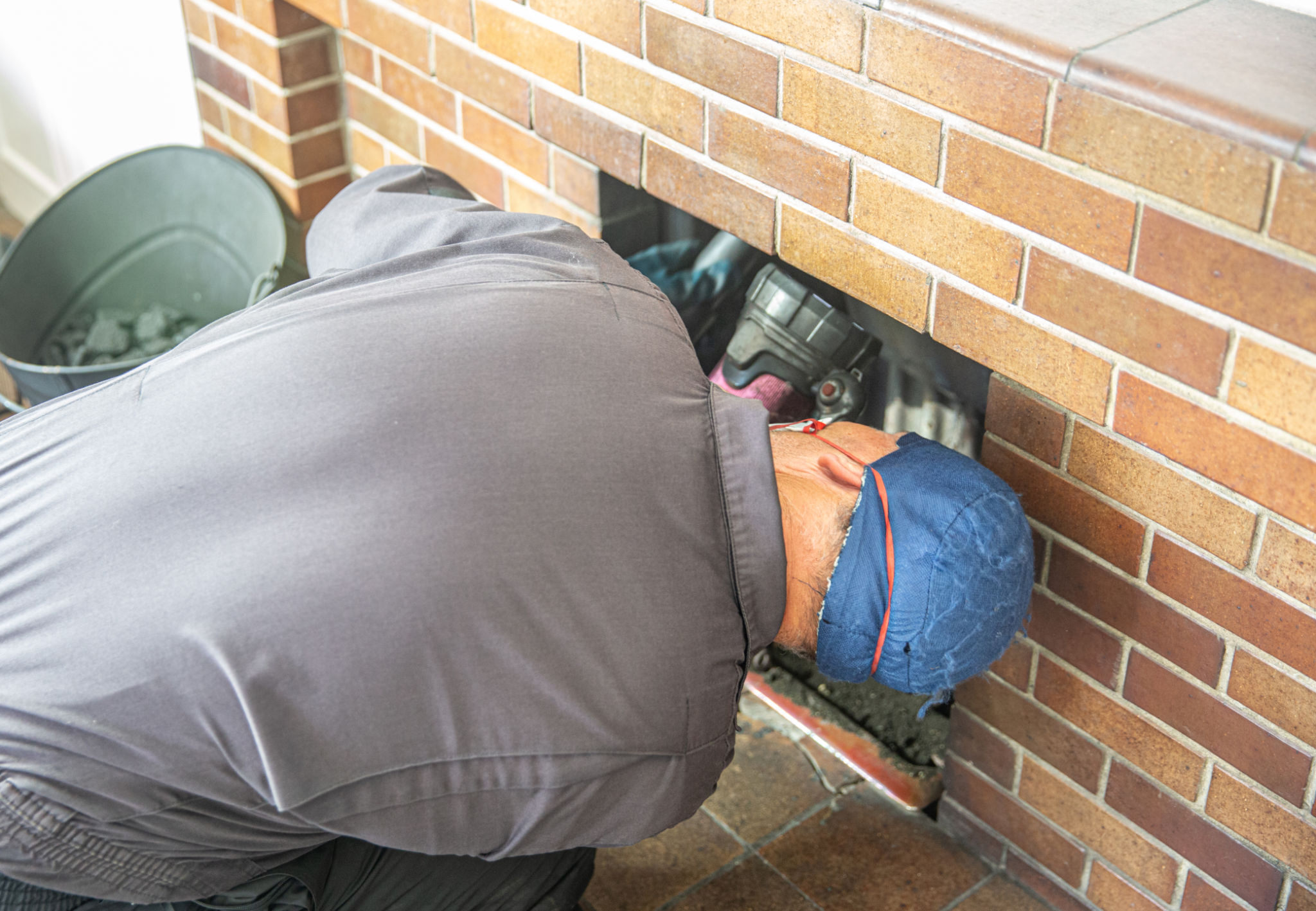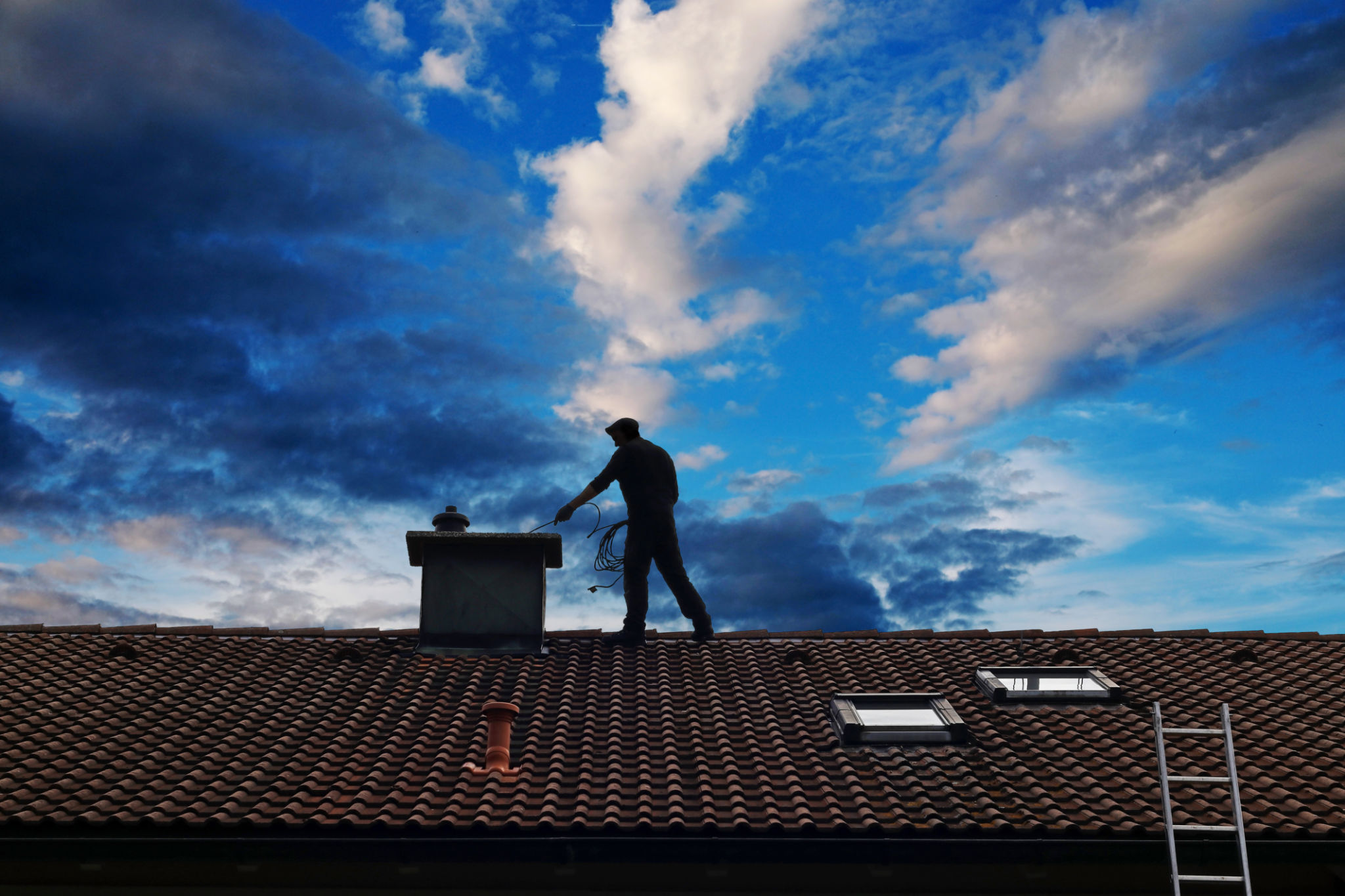DIY Chimney Inspection: What to Look for Before Calling a Professional
Understanding the Basics of Chimney Inspection
Inspecting your chimney is an essential part of home maintenance, especially as the colder months approach. A well-maintained chimney ensures that your fireplace operates efficiently and safely. Before calling in a professional, there are several things you can check yourself to determine if your chimney requires expert attention.

Exterior Inspection: What to Look For
Begin your DIY inspection by examining the exterior of your chimney. Look for any signs of wear and tear, such as cracked or missing bricks and deteriorating mortar. These could indicate structural issues that require immediate repair. Additionally, ensure that there are no visible obstructions or debris blocking the chimney cap, as this can prevent smoke from escaping effectively.
Another critical aspect to check is the flashing around the base of the chimney. Flashing is a sheet of metal used to protect the junction between the chimney and the roof from water penetration. If you notice any gaps or rust, it might be time to replace it to prevent leaks.
Interior Checks: Ensuring Safe Operation
After inspecting the exterior, move indoors to examine the fireplace and chimney interior. Start by looking at the firebox, the area where the fire burns. Cracks or signs of wear here can be hazardous and may require repair or replacement. Next, inspect the damper, which is responsible for controlling airflow. Ensure it opens, closes, and seals properly to keep drafts at bay when not in use.

Another important aspect is checking for creosote buildup. Creosote is a flammable byproduct of burning wood that can accumulate inside your chimney. A thick layer of creosote poses a significant fire risk. If you notice heavy buildup, it might be time to call in a professional for a thorough cleaning.
Tools You Might Need for Inspection
Having the right tools on hand can make your DIY chimney inspection more straightforward and effective. Here’s a list of some useful tools:
- Flashlight: To see inside dark areas of the chimney and fireplace.
- Binoculars: Helpful for inspecting high parts of the chimney from the ground.
- Ladder: Necessary if you need to inspect parts of the chimney that aren’t easily visible from below.
- Protective gloves and goggles: Essential for personal safety during inspection.

When to Call a Professional
While a DIY inspection can help identify minor issues, some situations warrant professional intervention. If you notice significant structural damage, persistent leaks, or suspect a blockage that you cannot safely remove yourself, it's best to call a chimney expert. Regular professional inspections are recommended at least once a year to ensure comprehensive maintenance.
Remember, safety should always be your top priority. If you're ever in doubt about your findings or feel uncomfortable performing any part of the inspection, don't hesitate to reach out to a professional chimney service.
Conclusion
A proactive approach to chimney maintenance can prevent costly repairs and ensure safe operation throughout the heating season. By conducting a thorough DIY inspection and knowing when to seek professional help, you can keep your home warm and safe while enjoying your fireplace to its fullest potential.